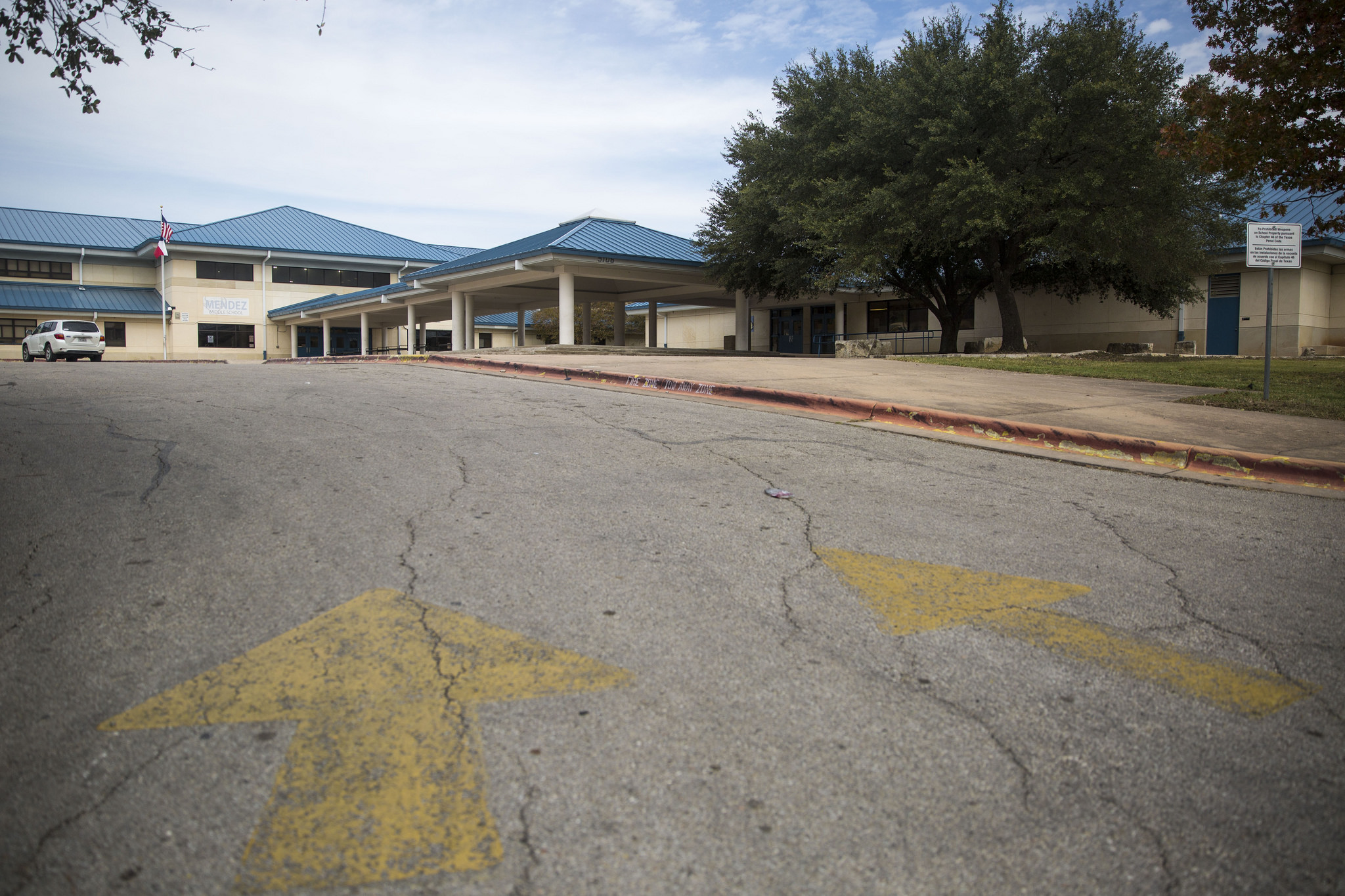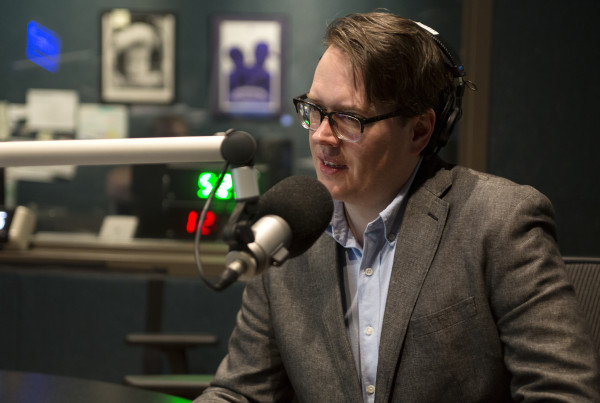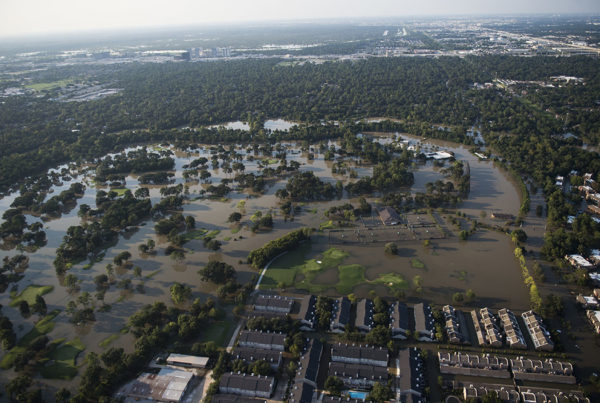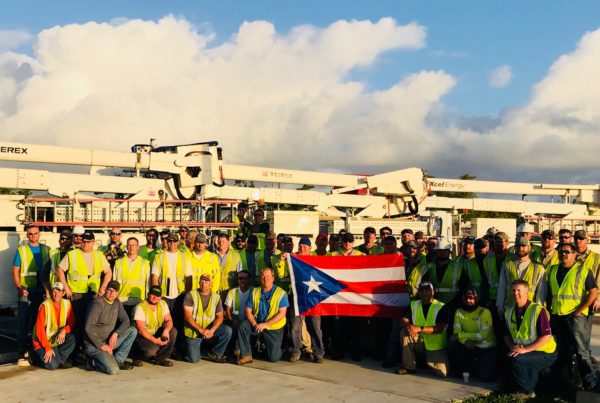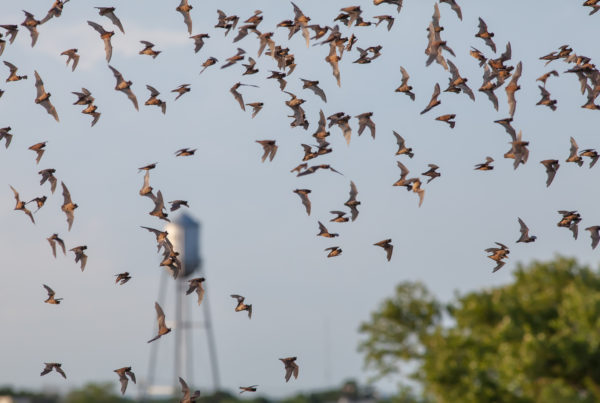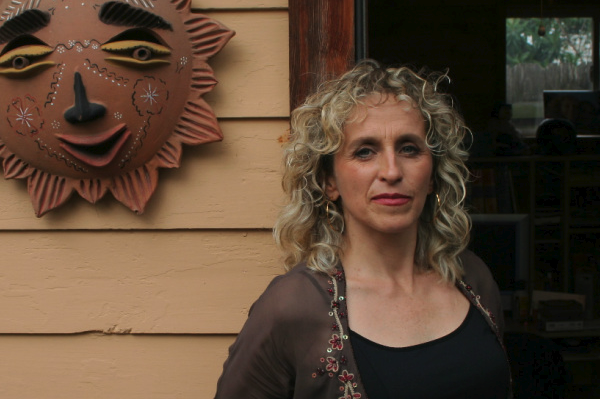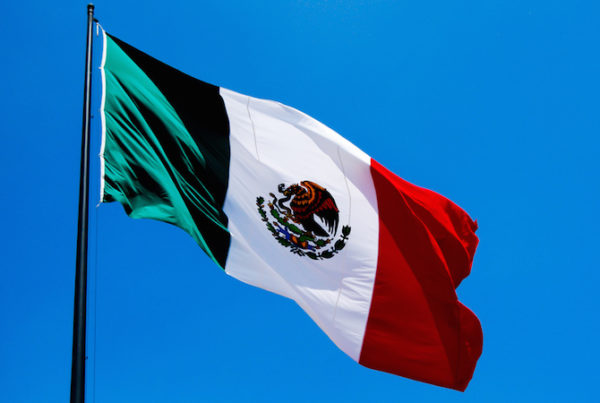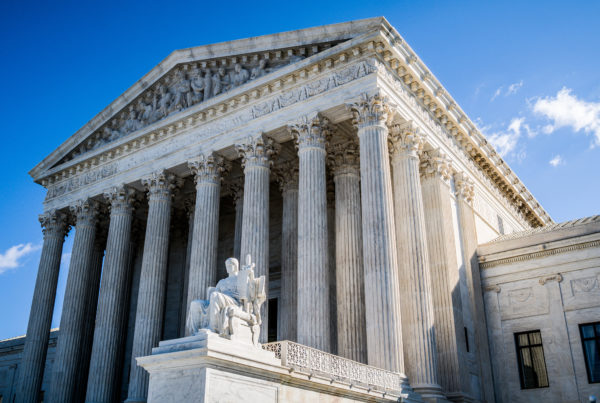Schools have been top of mind recently, especially when it comes to safety. Staff at Marjory Stoneman Douglas high school in Parkland, Florida are returning to their campus today to prepare to restart a school year that was interrupted by the shooting that left 17 people dead on February 14.
In the last week or so, a disturbing trend has become apparent in Texas – threats to schools and those who study or work there have been in the headlines:
“Dumas police: Student arrested after making school threat“
“Teen arrested after threatening to ‘shoot up’ Floydada High“
“Guns on campus, threat online lead police to detain 3 students in 3 cities“
Producer Michael Marks collected a list of more than a dozen of these. And there are likely many more.
Are more people making threats against schools across Texas because they’re copying the shooter from Florida? Or are schools and journalists just more attuned to acquiring and reporting this type of information because it’s top of mind?
Jaclyn Schildkraut, an assistant professor of public justice at the State University of New York at Oswego, says the answer is that both are true.
“We do see that there is a legitimate copy-cat effect, a lot of it having to do with the amount of coverage that these events tend to receive,” Schildkraut says. “But I think what we’re also seeing is a level of hyper-vigilance among school administrators, law enforcement, parents, students.”
Kristin Anderson, a professor of psychology at the University of Houston-Downtown, says the phenomenon we’re seeing in the aftermath of the Parkland shooting is called “emotional contagion.”
“When we’re talking about a lethality that is so powerful, you can imagine that people are walking around vigilant,” Anderson says. “And when guns are part of this, people feel that they have to arm themselves. They don’t want to be the only one in a scenario that doesn’t have a gun.”
Schildkraut says one strategy for potentially avoiding copy-cat responses to a mass shooting is to deny the shooter fame.
“When that individual’s name is being used over and over again, and their face is being looped on screens… it signals to somebody who has the same intentions ‘hey, if you want to do the same thing, you’re going to get the same kind of attention.'”
Schildkraut points out that stories of incidents that were prevented do not make the news, and suggests that publicizing those successful disruptions could create a culture that “it’s okay to say something.”
Anderson says she’s not sure reporting on foiled attacks would deter perpetrators, but agrees that it could encourage those who encounter people exhibiting troubling behavior to speak up.
Anderson also says the media hasn’t wanted to explore why most mass shootings tend to be done by young, white men.
“So if they want to talk about these shootings accurately,” she says, “they should start from that position: what is it about some young men that makes them feel entitled to deal with rejection in this way?”
Many cite the 1999 Columbine shooting in Colorado as the first mass school shooting in the U.S., though Schildkraut says they began as far back as the 1800s.
“But Columbine was really this watershed moment,” Schildkraut says, “a lot to do with the fact that it was the first time we saw as a nation, live, breaking coverage from an active scene. What inevitably happened because of that… Is that nobody really knew what to do. They thought, ‘we just have to give all the information about the perpetrators.’ And so there was so much information about the perpetrators that, for American society, they became a household name, and for would-be mass shooters, they became gods.”
Written by Shelly Brisbin.


